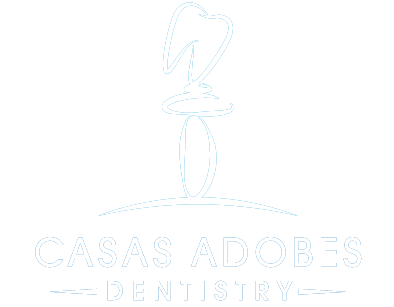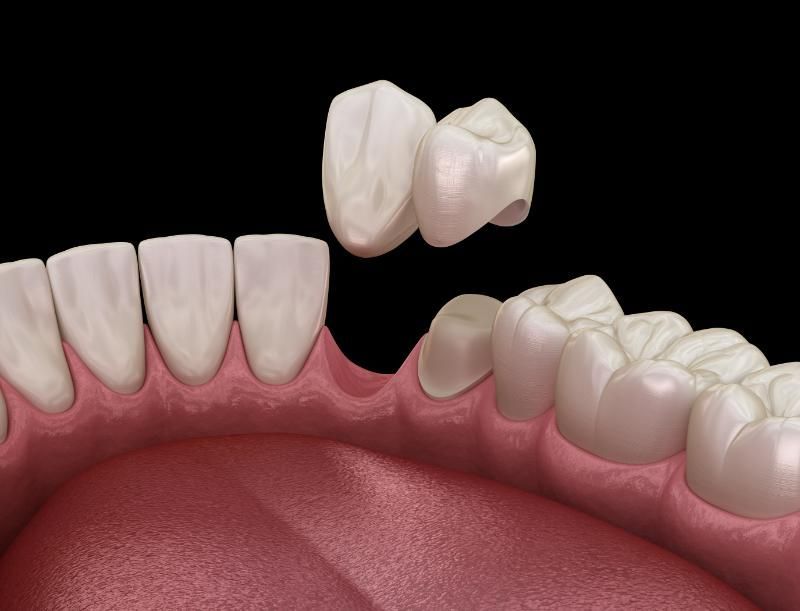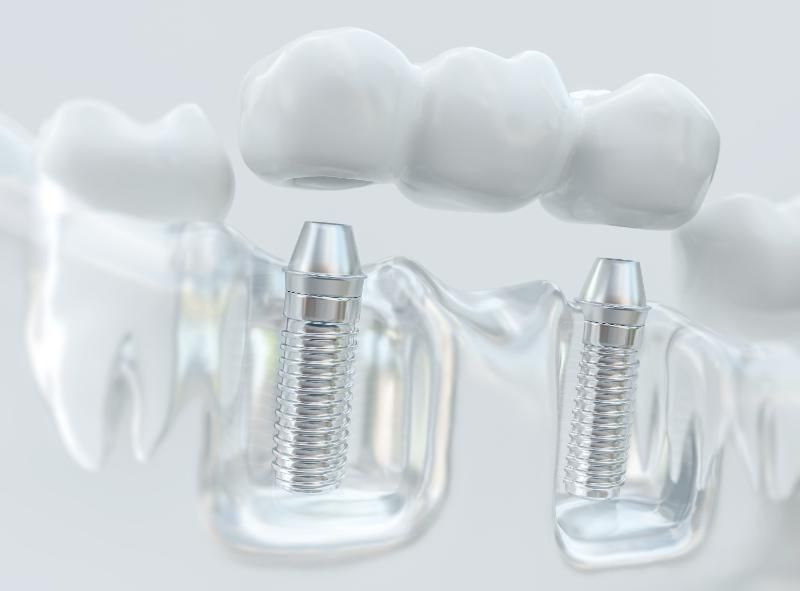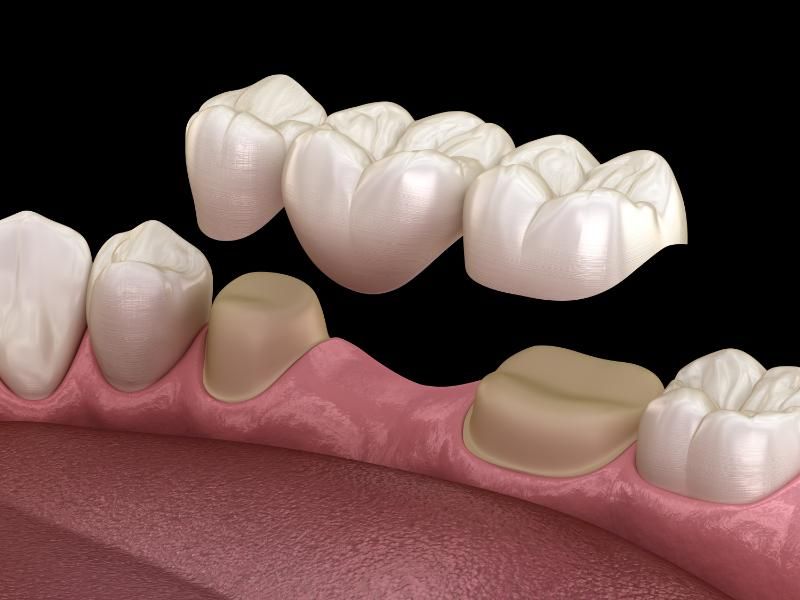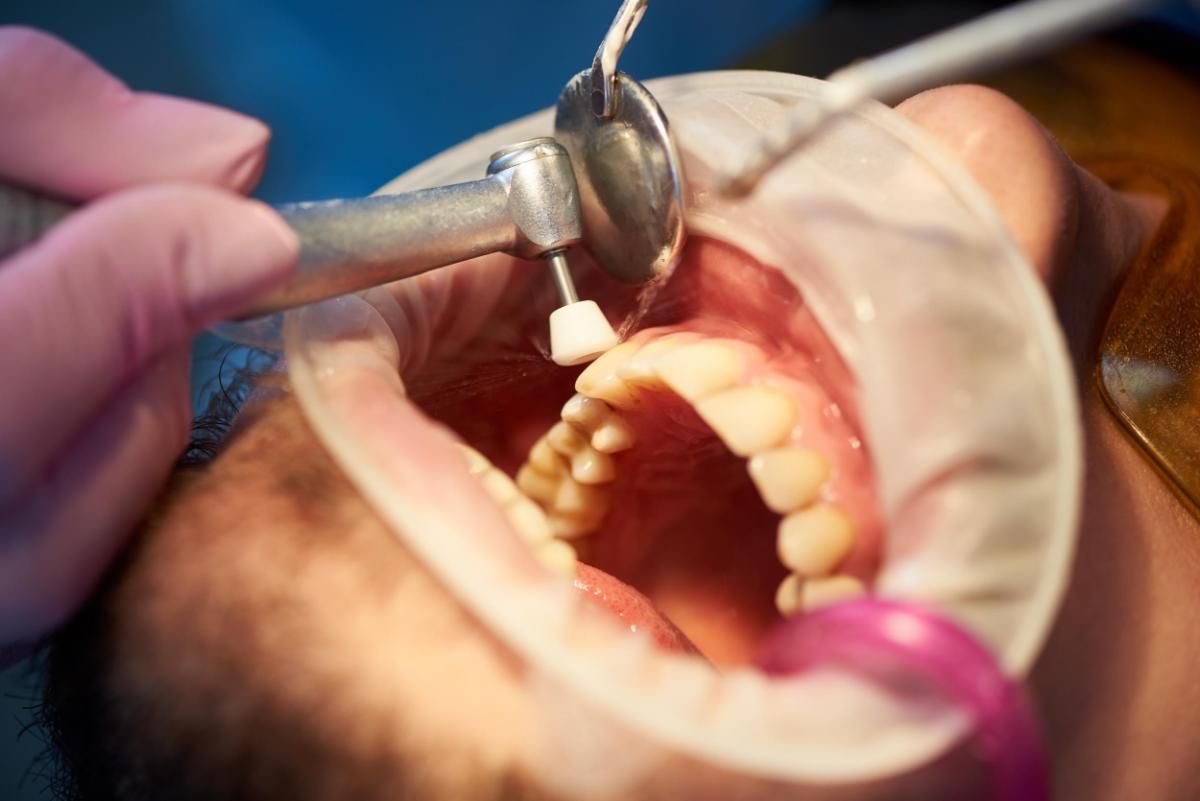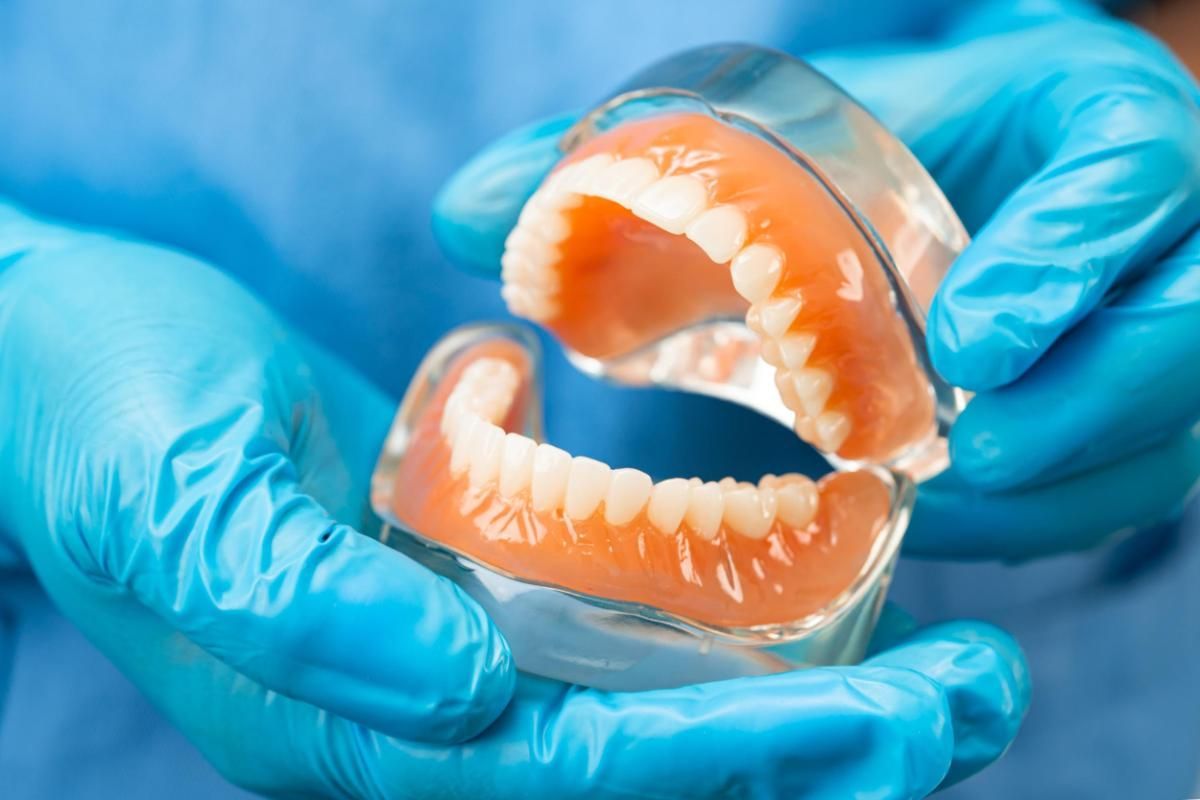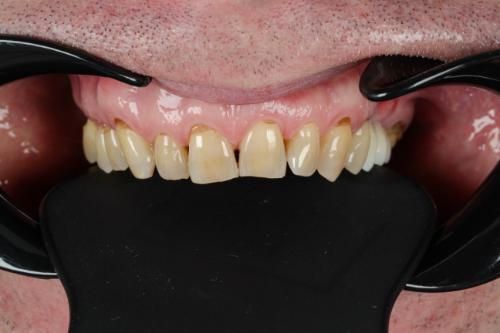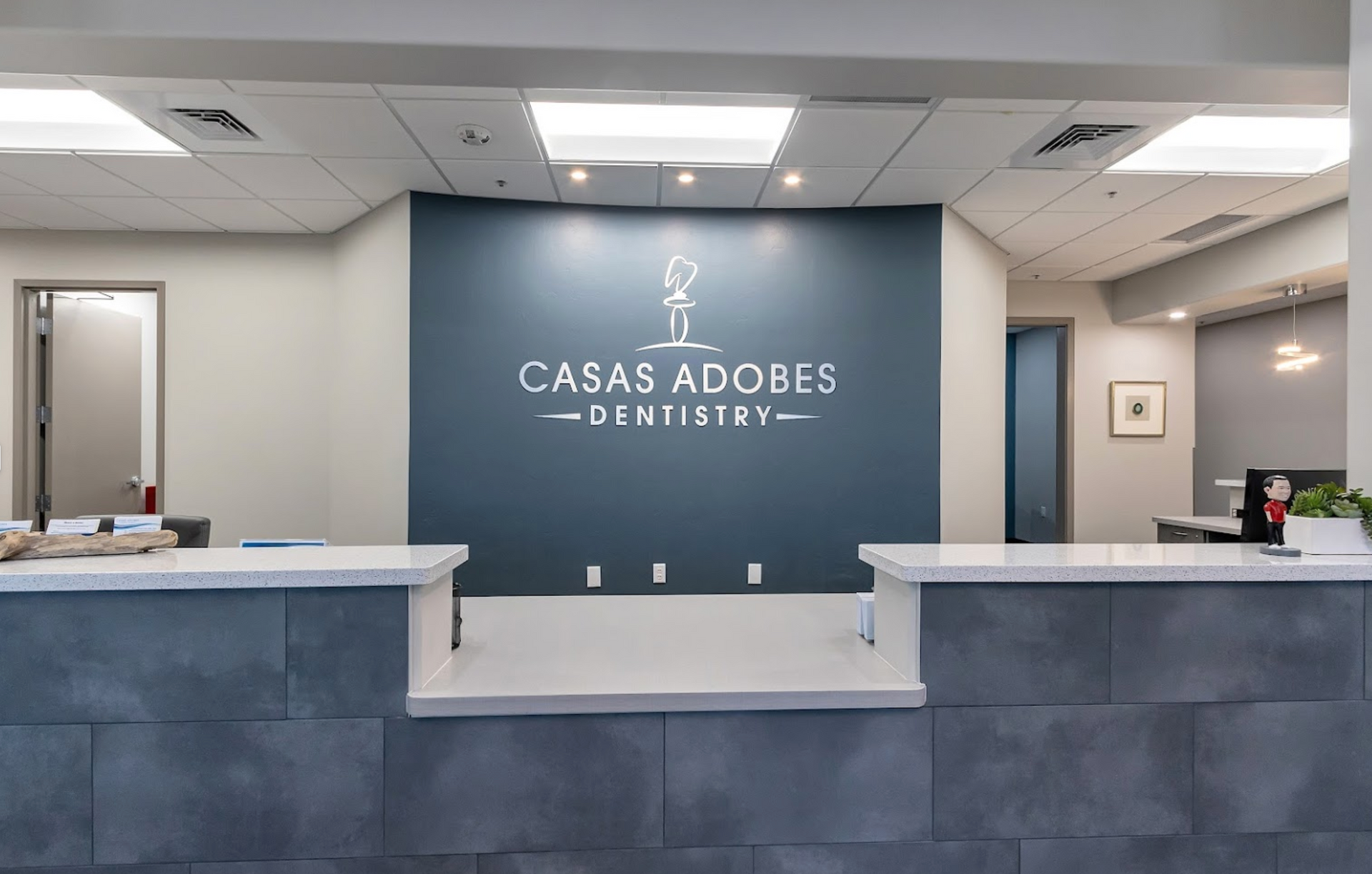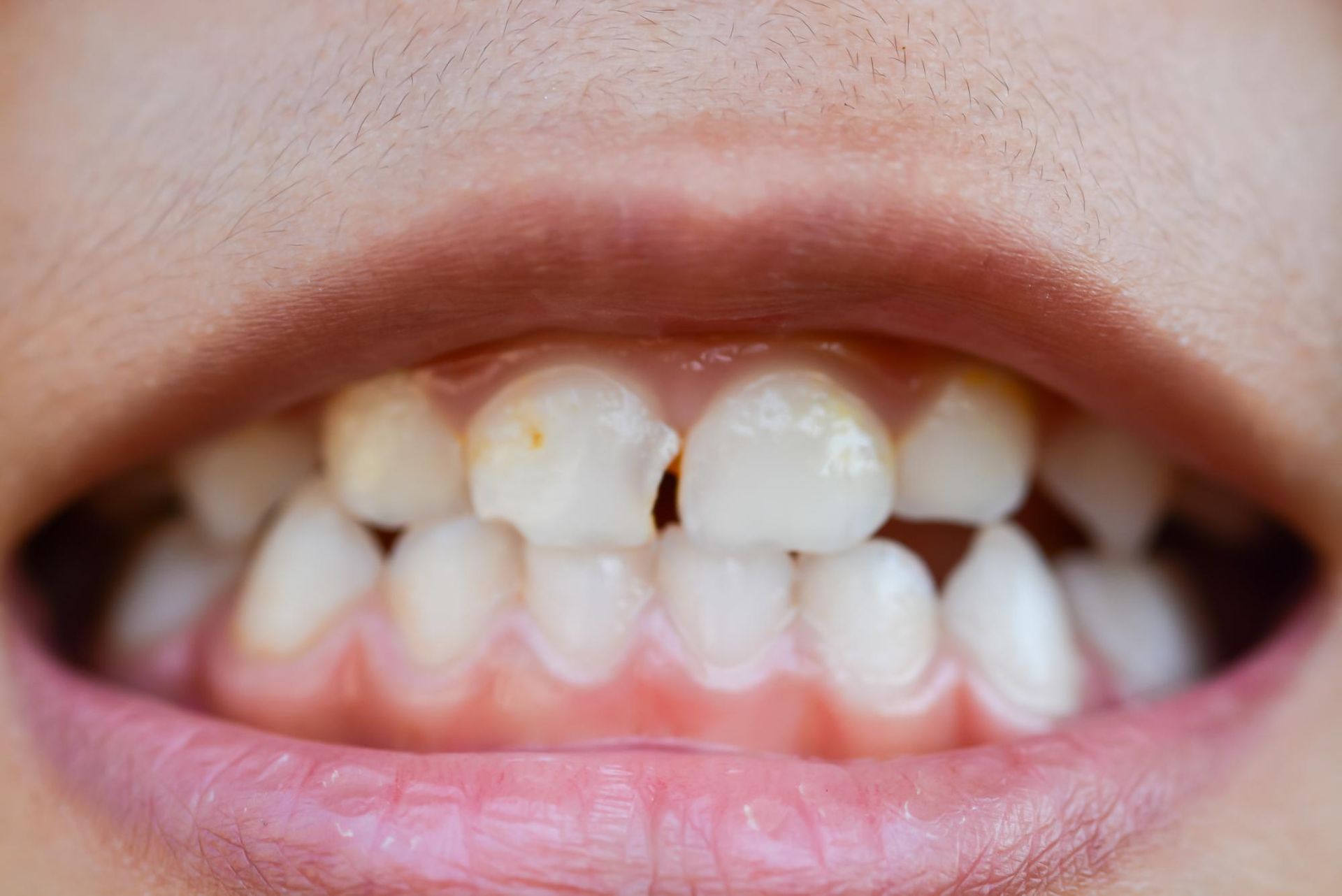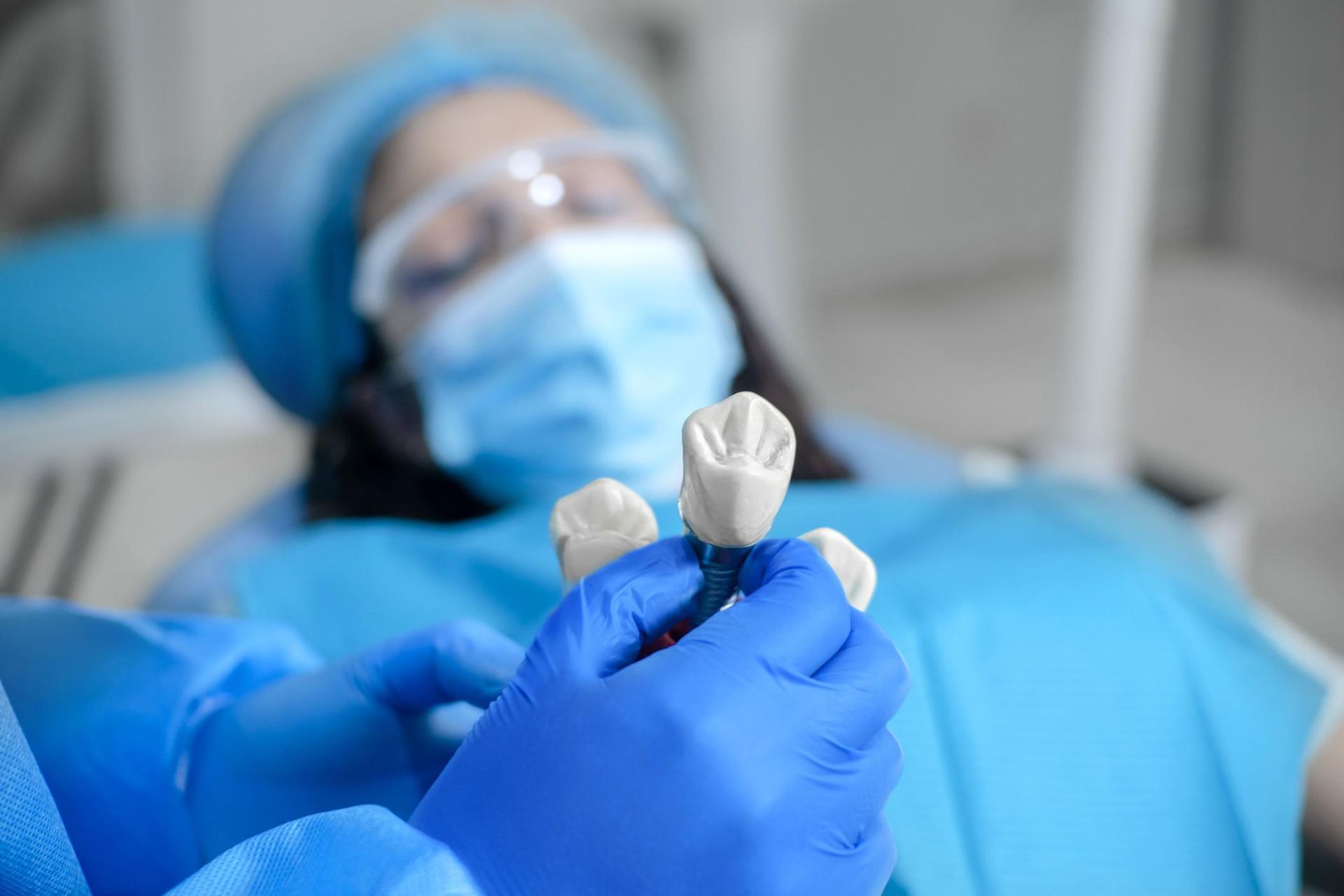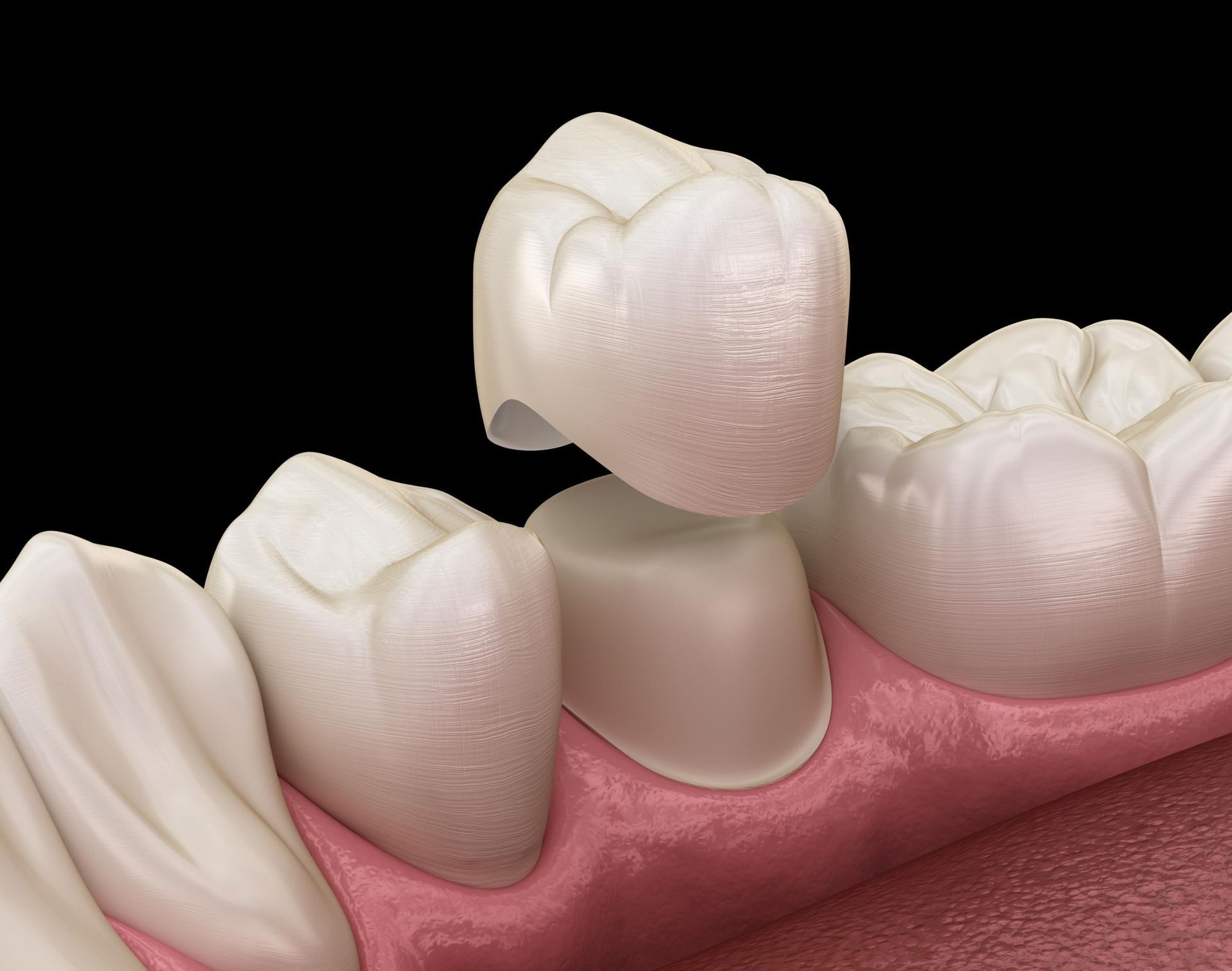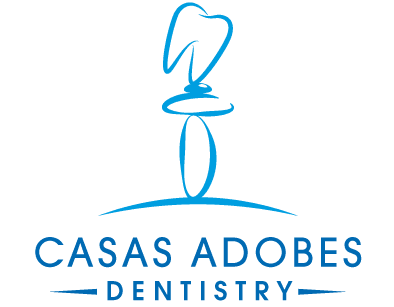(520) 365-0559
7520 N Oracle Rd Suite 200, Tucson, AZ 85704
Serving all of Tucson & Surrounding Areas
Teeth Bridge Replacement: Options, Benefits, & Costs

Wondering if you need a teeth bridge replacement? This guide will explain the key signs your dental bridge needs replacing, explore your options, outline the replacement process, and discuss costs, benefits, and risks.
Key Takeaways
- Dental bridge replacement is crucial to prevent complications like tooth decay and gum disease, especially when signs of damage or discomfort arise.
- There are several types of dental bridges, such as traditional, cantilever, Maryland, and implant-supported bridges, each designed to address different dental needs and situations.
- Replacement costs for dental bridges vary widely, typically ranging from $1,500 to $6,000, and future care is essential for maximizing the bridge’s lifespan, which is usually around 10 to 15 years.
Understanding Dental Bridge Replacement

Replacing a dental bridge becomes necessary when it shows signs of damage, decay, or wear. Common indicators include pain, discoloration, loosening, and discomfort when chewing. Ignoring these signs can lead to serious complications such as tooth decay, gum disease, and additional costs for more complex procedures. Replacing the bridge on time prevents surrounding teeth from shifting into the gap, maintaining proper dental alignment.
Acting quickly to replace a dental bridge also preserves your oral health. When a bridge fails, it can expose the abutment tooth to decay and gum disease, which might necessitate more extensive treatments like root canals or even extractions. Addressing the issue early helps avoid complications and maintain a healthier, more functional smile.
Types of Dental Bridges for Replacement
Dental bridges come in various types, each designed to cater to specific dental needs. The main types include:
- Traditional dental bridges
- Cantilever bridges
- Maryland bridges
- Implant-supported bridges
Choosing the right type depends on several factors, such as the location of the missing teeth, the condition of the supporting teeth, and personal preferences.
Knowing these options aids in making an informed decision for dental bridge replacement.
Traditional Dental Bridges
Traditional dental bridges are a popular choice for replacing missing teeth. They work by anchoring an artificial tooth to crowns placed on the adjacent teeth. This type of bridge is known for its strength and stability, as the crowns provide robust support for the false tooth in between. However, it’s essential to ensure a proper fit to avoid issues such as decay at the edges of the bridge. Traditional dental bridges restore functionality and improve the aesthetic appearance of your natural teeth.
While traditional dental bridges are effective, they do have some potential drawbacks. The process requires reshaping the abutment teeth, which can make them more vulnerable to future decay. The stability and natural look they offer make them a preferred choice for many patients.
Cantilever Dental Bridges
Cantilever dental bridges are less common but can be an excellent solution for specific situations. These bridges are supported by only one abutment tooth, making them ideal for areas where there is only one healthy tooth next to the gap. They are typically used for front teeth where the forces of biting are less intense.
However, due to their unique structure, cantilever bridges might not be suitable for areas subjected to heavy chewing forces. They provide a practical option when traditional or implant-supported bridges are not viable.
A cantilever bridge can be the perfect solution for gaps with only one neighboring tooth.
Maryland Dental Bridges
Maryland dental bridges, also known as resin-bonded bridges, offer a less invasive option for replacing missing teeth. These dental bridge fixed are held in place by metal wings bonded to the back of the adjacent teeth, preserving more of the natural tooth structure. This makes them a conservative choice compared to traditional bridges, which require more extensive preparation of the abutment teeth.
Despite their conservative approach, Maryland bridges have their limitations. The metal wings can sometimes cause discomfort or aesthetic concerns, especially if they are visible when speaking or smiling. However, for those looking to avoid extensive dental work, Maryland bridges provide a viable and less invasive alternative.
Implant-Supported Bridges
Implant-supported bridges are a modern solution offering enhanced durability and stability. These bridges are anchored to dental implants, which are surgically placed into the jawbone. This method provides a strong and permanent solution for replacing multiple missing teeth, as the implants act like natural tooth roots, maintaining the jawbone’s health.
The process of getting an implant-supported bridge involves several steps, including initial consultations, implant placement, healing time, and the final fitting of the bridge. While this method requires a more extended treatment period and higher costs, the benefits of a secure and long-lasting dental restoration often outweigh these factors.
Process of Replacing a Dental Bridge
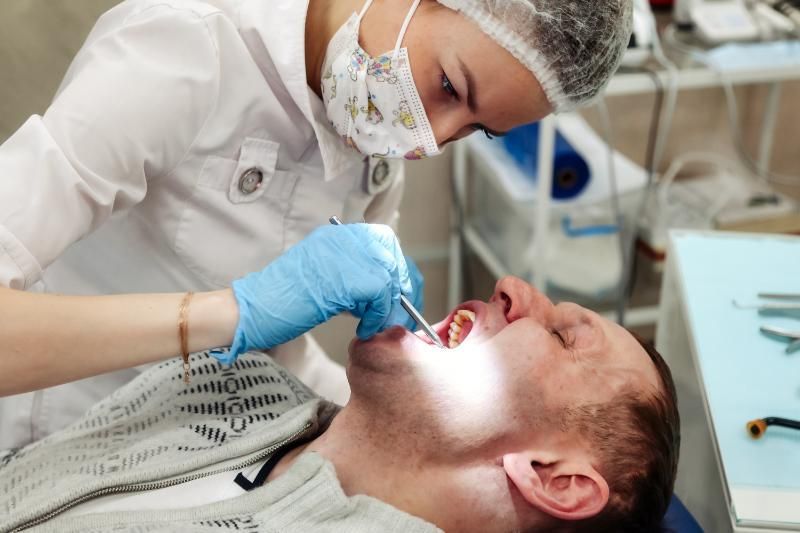
Replacing a dental bridge involves several steps to ensure a successful and comfortable fit. The dental bridge procedure starts with an initial consultation and evaluation, followed by the preparation of the abutment teeth, and concludes with the fitting of the new bridge.
Knowing this process can alleviate anxiety and clarify what to expect at each stage.
Initial Consultation and Evaluation
The initial consultation is a critical step in the dental bridge replacement process. During this visit, the dentist will evaluate your oral health, take dental impressions, and possibly conduct X-rays to assess the condition of your surrounding teeth and bone structure. These assessments help in creating a precise and well-fitting bridge.
If the abutment teeth are found to be weak or unhealthy, additional treatments may be necessary to prepare them for the bridge. In some cases, dental implants might be considered as an alternative to support the bridge. This thorough evaluation ensures that the new bridge will be stable and functional.
Preparing Abutment Teeth
Preparing the abutment teeth is an essential part of the replacement process. The dentist will carefully reshape these teeth by removing some of the enamel to make room for the crowns that will anchor the bridge. Although the procedure is usually simple, it does carry a risk of nerve damage or increased susceptibility to decay and gum disease.
Preparing the abutment teeth properly ensures the new bridge fits securely and functions effectively. This step is essential for the longevity and stability of the dental bridge, preventing future complications and ensuring a comfortable fit.
Fitting the New Bridge
Once the abutment teeth are prepared, a temporary bridge is typically placed while the permanent one is being crafted. This temporary solution helps protect the prepped teeth and maintain the gap’s aesthetics during the waiting period, which usually lasts around 10-15 working days.
When the permanent bridge is ready, the dentist will perform a final fitting. This involves checking the bridge’s fit, making any necessary adjustments, and cementing it in place. Proper fitting is crucial to avoid issues like bite misalignment and discomfort, ensuring that the new bridge feels natural and functions well.
Costs Associated with Dental Bridge Replacement
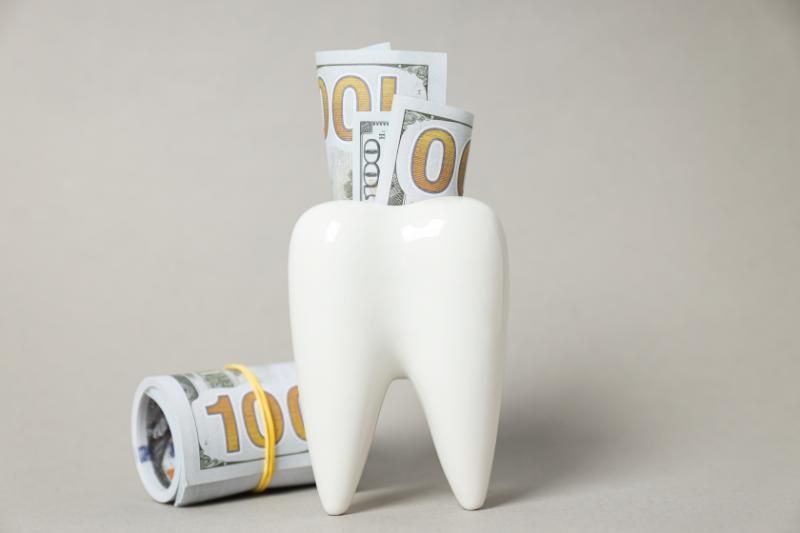
The cost of replacing a dental bridge can vary widely, typically ranging from $1,500 to $6,000, depending on various factors. Traditional dental bridges usually cost between $2,000 and $5,000, while Maryland bridges are slightly cheaper, ranging from $1,500 to $2,500. Implant-supported bridges are the most expensive, costing between $5,000 and $15,000.
Several factors influence these costs, including the materials used, the complexity of the procedure, and the geographic location of the dental practice. Additional treatments, such as root canals or extractions, can also increase the overall cost.
Discussing all potential expenses with your dentist helps in planning accordingly.
Benefits of Replacing a Dental Bridge

Replacing a dental bridge offers numerous benefits that enhance both aesthetics and functionality. A new dental bridge can restore the natural appearance of your smile, making you feel more confident in social and professional settings. Additionally, they are typically more comfortable than partial dentures, providing a more secure and stable fit.
Functionally, a new dental bridge can significantly improve your ability to chew and speak, which can enhance your overall quality of life. Moreover, replacing a damaged or worn bridge can prevent further oral health issues, ensuring that your remaining teeth and gums stay healthy.
Potential Risks and Complications
Despite the many benefits, there are potential risks and complications associated with dental bridge replacement. The primary cause of dental bridge failure is inadequate oral care. Signs that a bridge might need dental bridge repair include sensitivity, cracks, and a poor fit. If decay occurs under the bridge, it may need to be repaired or replaced.
Regular dental examinations are crucial in detecting and addressing these issues early. If you notice any chips or cracks in your bridge, it’s essential to see your dentist immediately to prevent further damage. Timely care and proper maintenance can mitigate many of these risks.
How Long Does a Replacement Dental Bridge Last?
The lifespan of a dental bridge typically ranges from 10 to 15 years, depending on several factors such as the materials used and how well it is cared for. Routine dental check-ups are vital for monitoring the condition of your bridge and ensuring any issues are addressed promptly.
Different types of bridges, such as cantilever and conventional, also impact longevity. Conventional bridges generally last longer due to their robust construction. Good oral hygiene and regular dental visits can maximize the lifespan of your dental bridge, ensuring it serves you well for many years.
Maintaining Your New Dental Bridge
Maintaining your dental bridge is crucial for its longevity and effectiveness. Proper care includes routine oral hygiene practices, dietary adjustments, and regular dental visits.
These guidelines help keep your dental bridge in excellent condition and avoid potential issues.
Oral Hygiene Tips
Maintaining good oral hygiene extends the life of a dental bridge. Using special cleaning tools like floss threaders can help maintain hygiene around and under the bridge. Additionally, a soft-bristled toothbrush and fluoride toothpaste are vital for effective cleaning.
Neglecting dental hygiene can lead to decay and cavities accumulating on the bridge. Regularly using these tools and techniques will ensure that your dental bridge remains clean and functional for years to come.
Dietary Recommendations
Dietary adjustments are also important for protecting your dental bridge. Avoiding hard or extremely cold foods can help prevent damage. Sticky foods should also be avoided as they can dislodge or damage the bridge.
Instead, opt for soft foods like mashed potatoes and yogurt, which are less likely to cause harm. These dietary changes ensure the longevity of your dental bridge.
Regular Dental Visits
Regular dental visits maintain the health of your dental bridge and surrounding teeth. These check-ups allow your dentist to monitor the condition of your bridge and ensure that your abutment teeth remain healthy. Regular examinations help detect potential issues early, preventing more severe complications from developing.
During these visits, your dentist can provide professional cleaning and address any minor adjustments needed to ensure your bridge remains comfortable and functional. Consistent dental care extends the lifespan of your dental bridge and maintains overall oral health.
Summary
In conclusion, understanding the different types of dental bridges, the replacement process, associated costs, and benefits is crucial for maintaining a healthy and confident smile. By choosing the right type of bridge and following proper maintenance practices, you can ensure that your dental bridge serves you well for many years. Regular dental visits and good oral hygiene are essential in preventing complications and extending the life of your bridge. Embrace these practices to enjoy the full benefits of your dental restoration.

Frequently Asked Questions
How do I know if my dental bridge needs replacement?
If you experience pain, discoloration, loosening, or discomfort while chewing, your dental bridge may need replacement. It is advisable to consult your dentist for an evaluation.
What are the costs associated with replacing a dental bridge?
Replacing a dental bridge typically costs between $1,500 and $6,000, influenced by the type of bridge and any necessary additional procedures. It's essential to consider these costs when planning for dental care.
How long does a replacement dental bridge last?
A replacement dental bridge generally lasts between 10 to 15 years, depending on the care taken and the materials used. Proper oral hygiene and regular dental visits can help extend its lifespan.
What are the benefits of replacing a dental bridge?
Replacing a dental bridge offers improved aesthetics, enhanced functionality, and better oral health. These factors contribute to a more comfortable and confident smile.
What are the potential risks of not replacing a damaged dental bridge?
Not replacing a damaged dental bridge can lead to increased risks of tooth decay, gum disease, and potentially higher costs for more complex dental procedures in the future. Timely replacement is essential for maintaining oral health.


Ready to Experience Exceptional Dental Care?
Your journey towards a healthier, brighter smile starts here. Call us today at (520) 365-0559 to schedule your appointment or request a consultation online. Join the Casas Adobes Dentistry family and let us take care of your dental needs with the compassion and expertise you deserve.


Contact Information
Request an Appointment
For more information about our services or to schedule an appointment, call us at (520) 365-0559 or complete the form below we’ll get back to you as soon as we can.
We are on Oracle Rd. just north of Ina Rd in the same complex as Retina Associates which you can see on the right when you are traveling north. We are south of Suffolk Dr. on the East side of Oracle Rd. You may have to make a U-Turn when traveling south from Magee Rd
Popular Services
Quick Links
All Rights Reserved | Casas Adobes Dentistry
